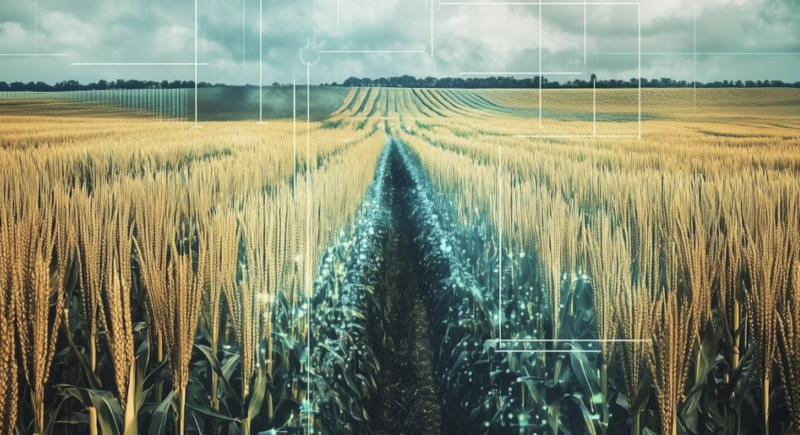Last Updated on: 7th July 2025, 11:59 am
As the world seeks urgent solutions to decarbonize food systems, two nature-based technologies are gaining traction for their ability to tackle multiple challenges at once: Biochar Carbon Removal (BCR) and Enhanced Rock Weathering (ERW). Together, these approaches not only sequester carbon at scale, but when used in the correct contexts have the potential to deliver a suite of agronomic and socio-economic benefits, from improving soil fertility and boosting yields to strengthening farmer resilience.
A new report, “Unlocking the Future of Climate-Smart Agriculture,” lead by Tom Mills, presents the most comprehensive analysis to date of how BCR and ERW could be integrated into agricultural supply chains across the Global South. Developed through extensive consultation with agronomists, scientists, carbon market actors, and project developers, the report estimates that these technologies could remove 1.5 to 2.5 gigatonnes of CO₂ annually by 2050, while delivering measurable gains for rural livelihoods and food security.
“There is growing interest in the potential of biochar carbon removal and rock weathering not only for their climate mitigation potential, but because they align with critical development priorities,” said Tom Mills, lead author of the report. “They offer a rare intersection of climate, agricultural, and economic benefits—particularly in regions most exposed to climate shocks.”
While field readiness varies, with biochar further along the maturity curve than ERW, real-world deployment is accelerating. Pilot projects are now demonstrating how these technologies can be integrated into major value chains, from coffee and cocoa to rice and sugarcane. In Colombia, for example, biochar is being embedded into regenerative coffee initiatives; in India, early ERW trials are aligning with national soil health goals.
These experiences underscore the potential for BCR and ERW to move into practical, scalable application across supply chains. But unlocking that potential will require targeted investment in measurement frameworks, supportive policy, and the development of inclusive business models, particularly those that center farmer participation and equitable value-sharing.
With Scope 3 emissions under mounting scrutiny, food and agriculture companies are increasingly looking for insetting solutions that cut emissions and deliver co-benefits on the ground. BCR and ERW stand out for their ability to deliver on both fronts.
Download the full report here: www.futureclimatesmartag.org
In other carbon removal news, ClimeFi structures first ITMO CDR transfer between Switzerland and Norway.
Sign up for CleanTechnica’s Weekly Substack for Zach and Scott’s in-depth analyses and high level summaries, sign up for our daily newsletter, and follow us on Google News!
Whether you have solar power or not, please complete our latest solar power survey.
Have a tip for CleanTechnica? Want to advertise? Want to suggest a guest for our CleanTech Talk podcast? Contact us here.
Sign up for our daily newsletter for 15 new cleantech stories a day. Or sign up for our weekly one on top stories of the week if daily is too frequent.
CleanTechnica uses affiliate links. See our policy here.
CleanTechnica’s Comment Policy

